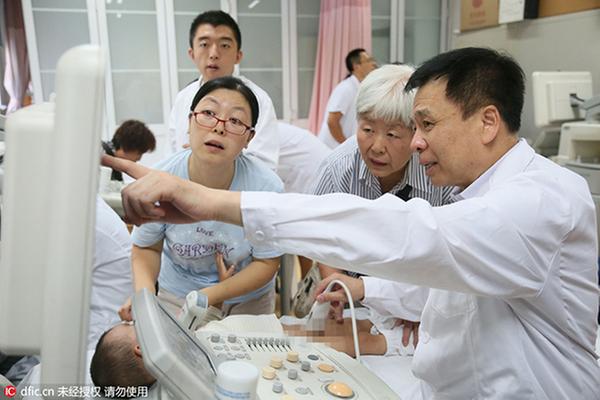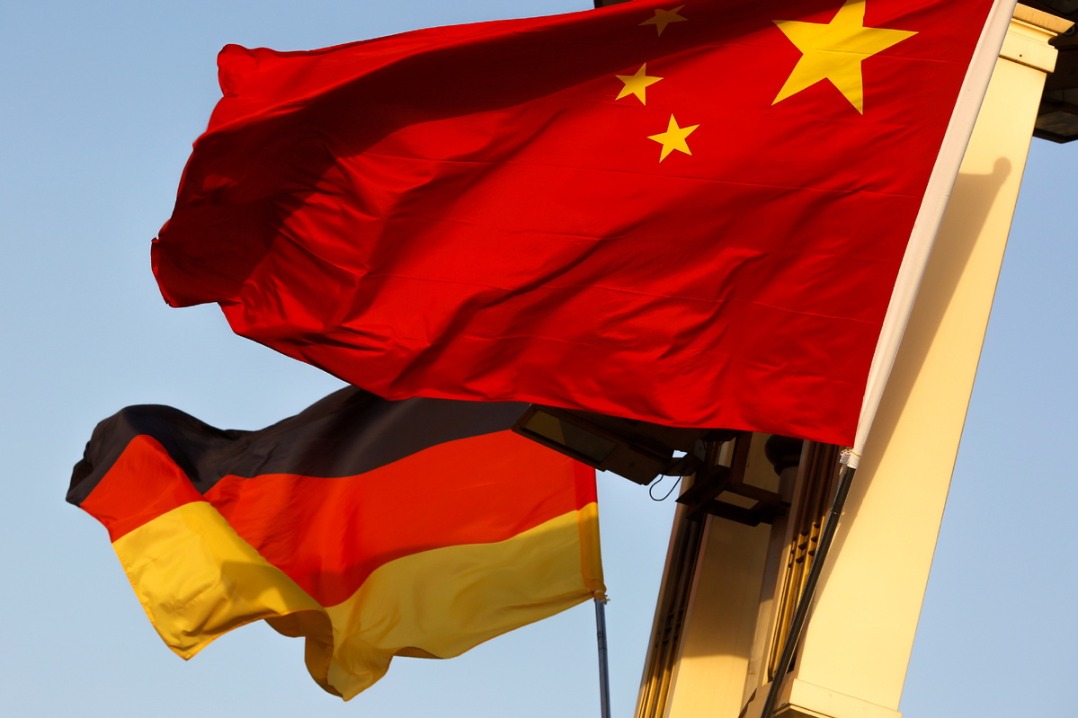Phoney articles reflect flawed system

 |
| A Chinese doctor talks with family members of a young patient as he examines him with a Type-b Ultrasonic Diagnostic Instrument at a hospital in Beijing, China, 11 September 2013. [Photo/IC] |
Albeit Springer's mass retraction of questionable papers is not new to Chinese authors, it sets a precedent regarding the number of simultaneously retracted papers, and is likely to deal a heavy blow to the image of China's medical researchers.
Springer said that the email addresses of the peer reviewers, normally distinguished experts in the same field, were fabricated, which put the peer reviews in doubt. A subsequent investigation discovered that the reviewers did not conduct any peer reviews, and it is possible that their names were used by some third-party agencies without their consent.
It is common that many Chinese authors entrust their manuscripts to third-party agencies for language polishing. These agencies feast on the supervisory gray area not reached by regulatory authorities such as the China Association for Science and Technology.
Springer has proposed requiring more information about the reviewers and developing software to better scrutinize articles. But such efforts are not necessarily a root cure for the problem, as the third-party agencies, if not dealt with seriously, will always find a way to bypass supervision and charge for their "publication assistance".
To acquire higher professional ranks and titles, Chinese doctors hired by public hospitals, be they researchers or surgeons, have to publish their works in reputable scientific journals. The more they do the easier it is for them to get research funds and professional titles, which of course mean better pay.
In stark contrast, only 7 or 9 percent of the about 1.6 million US doctors can apply to be an associate professor or professor, and the rest are all practitioners that bear no research or academic responsibilities. It is hardly convincing that Chinese public hospitals need more research doctors.









































